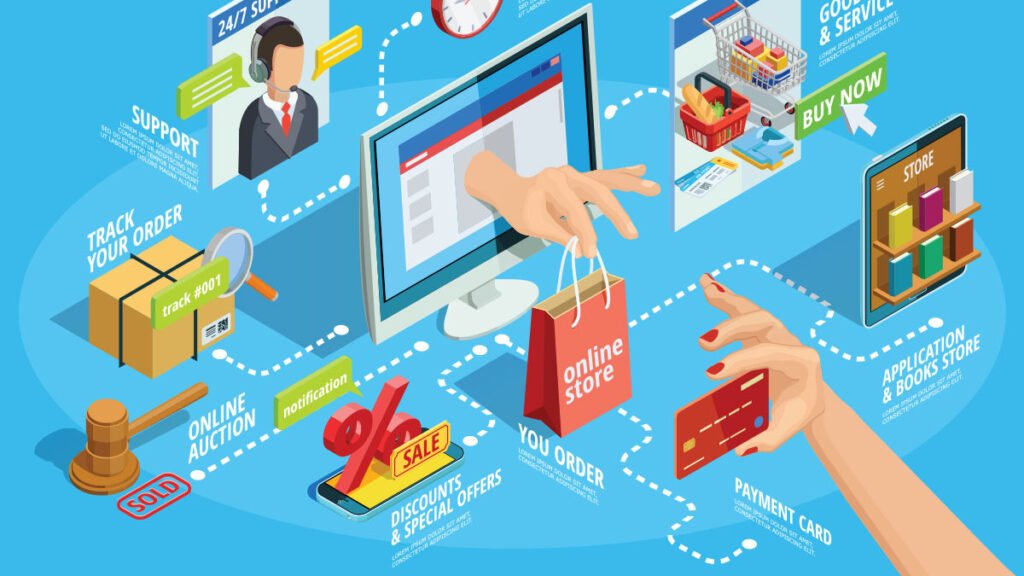How to use your loyalty program to enhance the customer experience in-store
There is no doubt that loyalty programs can bring great benefits to customers and businesses alike. In fact, 81 percent of consumers say that loyalty programs make them more likely to continue doing business with brands, while 66 percent modify their spending to maximize loyalty benefits, according to Bond and Visa’s Loyalty Report. As a rich source of data and personalized engagement, loyalty programs also bring great opportunities to create a superior customer experience. But so far this potential is largely untapped: only 22 percent of loyalty program members currently think they get a better experience than non-members. Using your loyalty program to create a unique customer experience in-store is a great way to engage on a personal level and bring people closer to your brand. Here are our tips on how you can use your loyalty program to create a unique customer experience in-store. 1. Offer personalized rewards Knowing who your customer is, and creating rewards especially for them, can be a great way to enhance the in-store experience. Two key ingredients make this possible: data and the right technology. You already have the data, and a customer who has your loyalty app will have given you permission to use it. To get the best from that data you need to be able to analyze it, and create insightful offers and identify opportunities for personalized recommendations that can increase sales – all in real time. Putting the analytical power of artificial intelligence to work through your loyalty app can empower you to create a rich, personalized in-store experience. To personalize your loyalty program rewards in-store: Analyze the customer’s interactions on all your touch points – online, mobile, kiosk, social media and face-to-face – to create in-store rewards that match their interests and shopping history. Use a product recommendation engine to suggest ideas based on the customer’s loyalty program data. For example, you could recommend accessories to complement the suit they just bought, or invite them to look at a new collection that includes their favorite colorways. With the customer’s permission, use GPS with their mobile loyalty app to identify them when they’re close to the store. Then staff can be ready to greet them by name and give them personalized, up-to-date offers and advice. You can also give customers a great reason to come into the store by having in-store rewards and offers pop up on their loyalty app when they’re close by. 2. Make the customer feel privileged Making loyalty program members feel like part of an elite group will really enhance the in-store experience. It can be as simple as putting them at the head of the queue for the latest cool products or giving them members-only privileges in the store. To set your loyalty program members apart from other customers: Invite loyalty program members to collect free samples of the latest products in-store. Offer members the first chance to buy hot new products before they go on general sale. Provide members-only special offers and discounts throughout the store. Create an exclusive area in the store where your loyalty program members can relax and enjoy a free drink. Offer higher-value, exclusive rewards for the members who spend the most or shop most regularly in your stores. 3. Create special events Putting on an event especially for loyal customers is guaranteed to make them feel special. A lot of retailers invite customers to share information about their hobbies and interest, and you can use this data to get groups of like-minded loyalty program members together in your store. To create events that make loyalty program members feel truly special: Invite members to exclusive new-season previews of their favorite brands. Hold a party in-store especially for loyalty program members. Include drinks and nibbles to relax your guests and give them personalized discounts, a treat (for example, invite your loyal customers who are make-up fans and give them a stylist makeover) or made-for-the-occasion gifts that are not available for sale. Invite loyalty program members to meet the experts and learn about the subjects that interest them. It could be a top chef who will demonstrate cooking techniques, a fashion designer with exclusive insights on the latest trends, or an expert who can answer questions about pet care – anything that will captivate your loyalty program members. Invite the customer to the store for special treatment to mark personal events like their birthday, wedding, or the anniversary of their loyalty club membership. Tie it all together Your loyalty program, combined with the physical space of your store, holds untold opportunities to let your best customers know how much they mean to you. In order to give them a VIP experience, though, the right technology is necessary. A system that ties together information from all touchpoints (loyalty app, Point of Sale, CRM) enables you to manage everything – from offers, to personalized recommendations, to special events – seamlessly in the same platform gives you a unified view of your customer and all your interactions is a fundamental tool in the journey to being customer-centric. When all information is stored in the same place, you can easily access and analyze your customer data, and use the insights – alongside some creative thinking – to create an in-store experience that is personal, engaging and makes your best customers feel truly valued.
How to use your loyalty program to enhance the customer experience in-store Read More »







